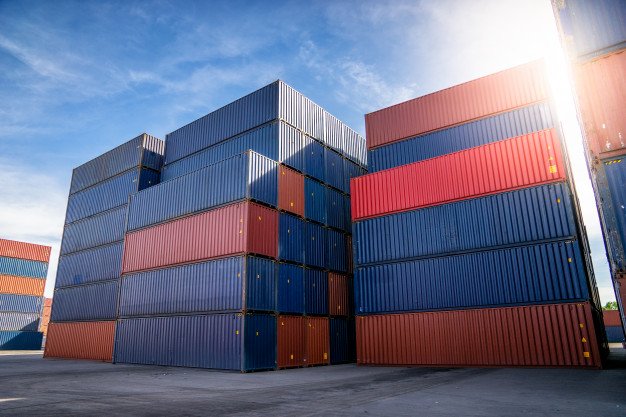Gas and oil are commodities that will always be in demand globally. No matter where you are in the world, people seem to be needing oil and gas more and more, be it for transportation, to run businesses and factories, and machines, and to do daily tasks such as cooking. Because of its increasing demand, it’s a highly favored investment choice by business owners and investors around the world. However, as with all other industries, the petroleum industry does have its pros and cons. Here are some of them:
The Pros:
1. There Are Tax Benefits And Advantages:
Naturally, economists and the respective governments encourage investors to put their money in the energy and petroleum industry. The more businesses in the energy sector, the higher the demand for this commodity, as the price per barrel of oil also tends to stabilize more. Remember this is important as almost all aspects of man’s daily life are highly dependent on the energy and petroleum industry.
To encourage investors to stay attracted to gas and oil businesses, governments provide for annual tax benefits and deductions. Some of these include the following:
- When you invest in a limited liability partnership/gas company, such as the CEFM Oil & Gas Investment Fund, 15% of your share can become a part of your tax-sheltered income, which means that this 15% of your total stock will not be subject to taxes.
- In the event of stock depletion, governments can allow for certain allowances to keep your company’s cash flow reports stable.
2. The Gas and Oil Industry Is a Lucrative Trade:
Gas and oil are both commodities. You cannot go through your daily life without either of these two. Even the simplest and most rural forms of living require gas, such as lighting up gas lamps at night. At present, the petroleum industry makes up 10% of the total gross domestic product of the world, representing an amount of around $10 trillion. This figure does not end here, as it is bound to grow even more as the global population increases in number.
3. The Rate of Return on Investment Is High:
Economists around the world found that the return on investment from oil and gas companies is usually around 5 to 10 times more than the capital that you put in. It is tough to find any other investment opportunity that allows for the same favorable returns. When exploration of an oil reserve starts, profit can begin to accumulate after the first two months; this speed is unrivaled by any other business sector.
The Cons:
1. There Is a Limit to Growth:
Oil and gas reserves are not taken from a renewable source. Eventually, the time will come when these resources will be fully depleted. As the demand for oil continually increases by the day, so does the rate of these reserves eventually being maximized and fully depleted. You can only do so much.
Further, this industry needs to fulfill a lot of environmental responsibilities, such as the rehabilitation of the reserve that was drilled up for oil explorations. Doing this entails costs for the company.
2. There Is a Huge Political Risk Involved
Because oil is a commodity, it is but natural that political governments intervene. As much as they would want to protect a private company’s interests to make sure investors in the market will stay, they are also protecting their political interests. Therefore, any change in trade factors concerning political state agreements, tax reform laws, treaties, and the like will significantly affect the price and stability of the oil. This would mean that you cannot ever shy away from any involvement of politics in your business if you decide to invest in the petroleum industry.
3. The Market Price of Oil Is Always Fluctuating:
As more and more individuals demand gas and oil, its market price will continue to fluctuate as well. Increased demand for goods will increase the supply; hence, the competition is high, so the costs have to decrease. This economic fact is good for the consumers but bad for you as the business owner. Profit is always what you have in mind, and in the oil industry, there is a ceiling as to how much you can increase the price of gas and oil.
Conclusion:
As lucrative as the oil and gas trade may be, do remember this list of its pros and cons. The disadvantages are not to discourage you from investing in this business sector, but it will help you make a better and wiser decision on where to plant your hard-earned money. Anchoring your investment in an informed decision will help you earn better growth on your commodity investment plan.
Read Also:






















